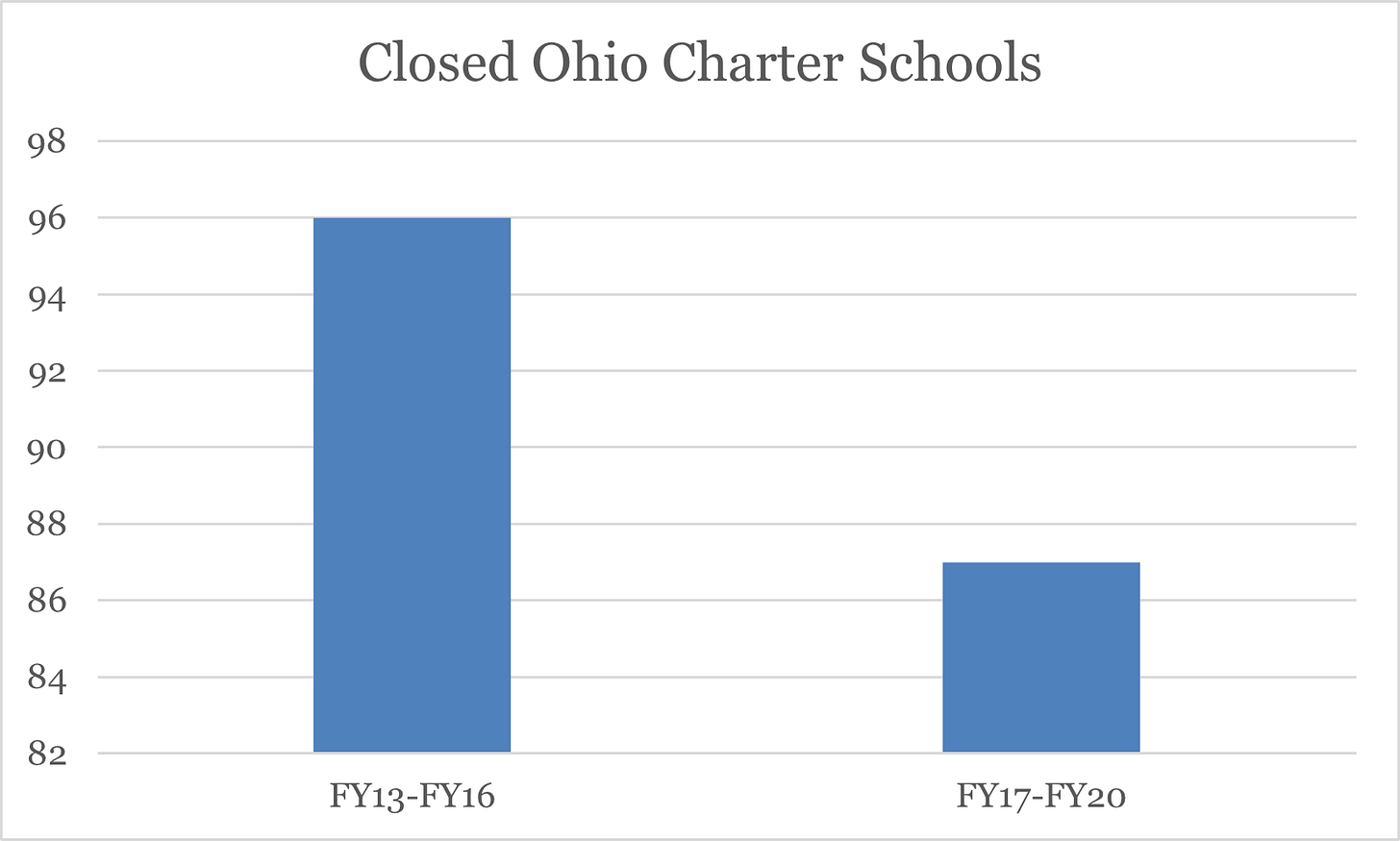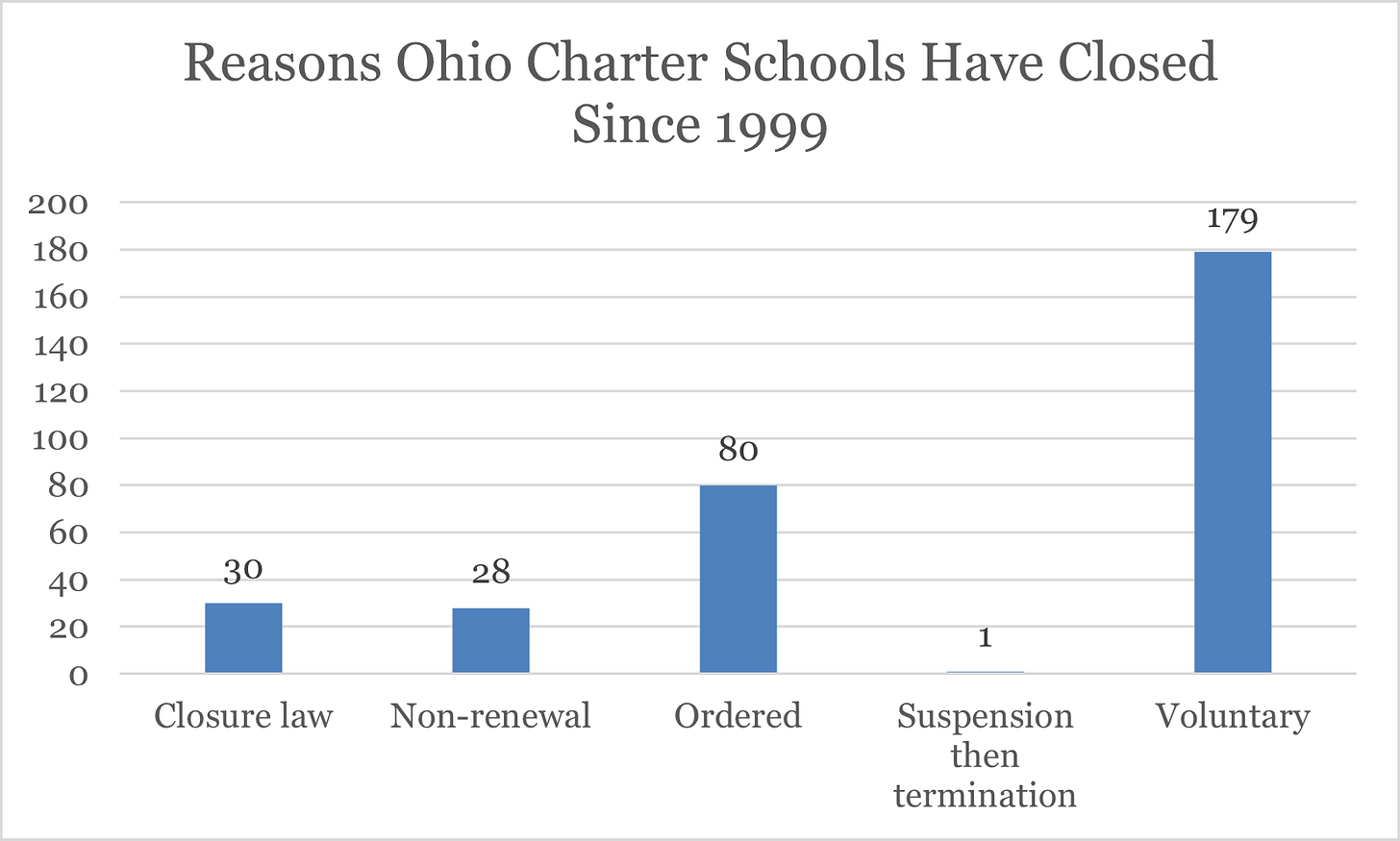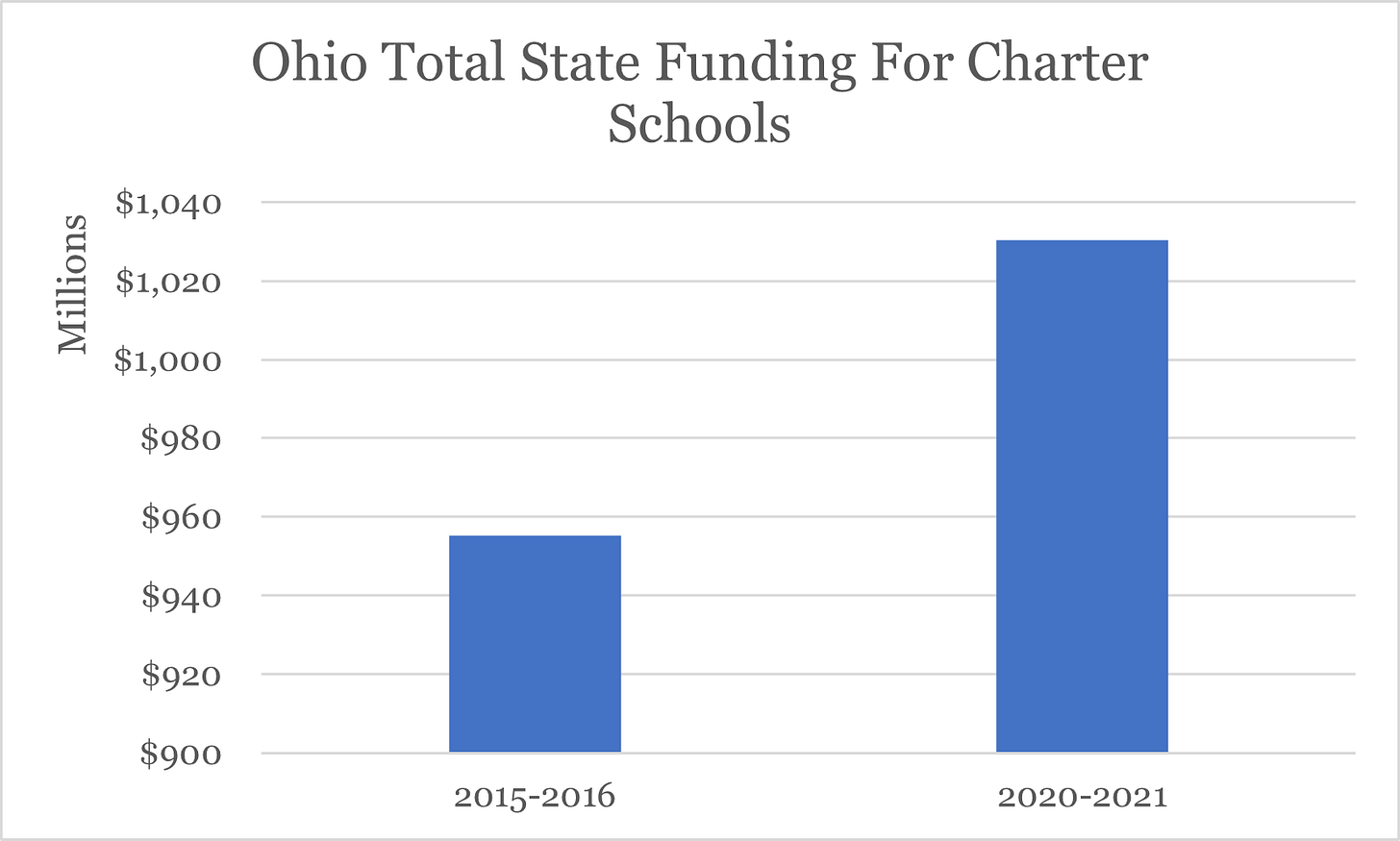10th Period: Fordham: Where Cherry Picking Has Become an Art Form
Pro-School privatizers use patina of "research" to cherry pick data in sophisticated effort to claim Charter School success where little exists.
I know I’ve spent some time taking apart the Fordham Institute’s ill-advised call to drop another $150 million in tax dollars on Ohio’s struggling charter school sector. But now the national organization is jumping into the fray, claiming pretty emphatically that the question now is why charter schools are better at educating students in urban settings, not whether they are better at educating students in urban settings.
Bold claims.
However, these claims are based on cherry picking data.
They do it in Ohio all the time. And I suspect they’re doing it nationally as well.
Here’s how it works.
-
They find one or two measures (of literally dozens) that demonstrate perhaps some charter school success — often using obtuse statistical analyses that utilize arbitrary assumptions.
-
They then claim that these limited “successes” demonstrate clear overall sector success
-
They then demand greater taxpayer investment in this sector
There are several problems with their analysis, at least in Ohio:
-
Nearly half of all Ohio charter school students do not come from Ohio’s urban core districts.
-
The schools they want you to look at as “successes” contain less that 1/2 of all Ohio charter school students and 20% of students in those buildings don’t come from Ohio’s urban core
-
The “success” they point to occurred in 2 of 24 test scores taken by less than 1/2 of all Ohio charter school students
Look, you can run all the sophisticated tests you want, but let’s look at reality. Ohio received $71 million from the feds in 2015 to grow and develop high quality charter schools. Seven years later, that money has seeded 14 new schools and the state has spent barely 10 percent of the award.
If Ohio’s charter sector was truly brimming with “strong results”, as Fordham insinuates, don’t you think we’d have spent a little more than 10 percent of the money and opened more than 2 schools a year?
Here’s where I’d really like to focus on the cherry picking, though. Fordham makes this claim in its latest pitch for more money:
For example, another landmark CREDO study found that at least 300 low-performing charter schools closed between 2006 and 2012—a phenomenon that likely contributed to the sector’s gradual improvement during that period. Closure has also played a visible role in the handful of states that used to have low-performing charter school sectors. In Ohio, for example, charters’ impact on achievement went from negative to positive after a 2015 policy change that ramped up accountability on charter authorizers and led to dozens of school closures.
Look, I was a proponent of Ohio’s charter school oversight law (House Bill 2) in 2015. However, even at the time, I said it wasn’t having nearly the impact we all hoped. And after looking at the state data, that’s still pretty clear.
Charter school closures actually dropped in the four years after the passage of the landmark HB 2 compared with the four years prior to its passage. In addition, it’s clear as well that state law has had a negligible effect on charter school closures.
The most important factor? Money.
Financial viability is the top reason why charters have closed — 21 percent of the 318 that have closed were just for that reason.
Only 7 — not 7 percent — 7 of 318 closed charter schools have been closed purely for academic reasons.
And as for the effect of HB 2? Well, only 30 of 318 closed charter schools since 1999 closed because state law required it (only 6 of which happened after HB 2 passed). Nearly 6 in 10 closures were voluntary — primarily for financial reasons.
It’s pretty clear that Fordham’s claims that Ohio’s new charter law had some profound effect on closing Ohio charter schools is a classic case of cherry picking data. Have dozens of charters closed since HB 2? Sure. But hundreds closed prior to HB 2. And they did so at a slightly higher rate.
To say the law is leading to all these bad charters closing is simply not true.
One thing that is true, though, is despite fewer charters being opened than in years past, state funding of charters has continued its inexorable march to the heavens.
As you can see, more money than ever is pouring into them. This has real consequences for the 90 percent of students who attend local public schools because the money for Ohio charters comes out of the same pot provided to local public schools.
And since the new Fair School Funding Plan is not fully funded, this increase to charter schools means that students in local public schools aren’t receiving all the support the state says they need.
This is the big tell for Fordham and all the other pro-privatizers: They never mention the impact these programs have on the 90 percent of kids who don’t use them.
Because it’s only when you attend a charter school that Fordham is concerned about the resources available to you.
I guess I shouldn’t be surprised by that, but I am frustrated by it.
This blog post has been shared by permission from the author.
Readers wishing to comment on the content are encouraged to do so via the link to the original post.
Find the original post here:
The views expressed by the blogger are not necessarily those of NEPC.



